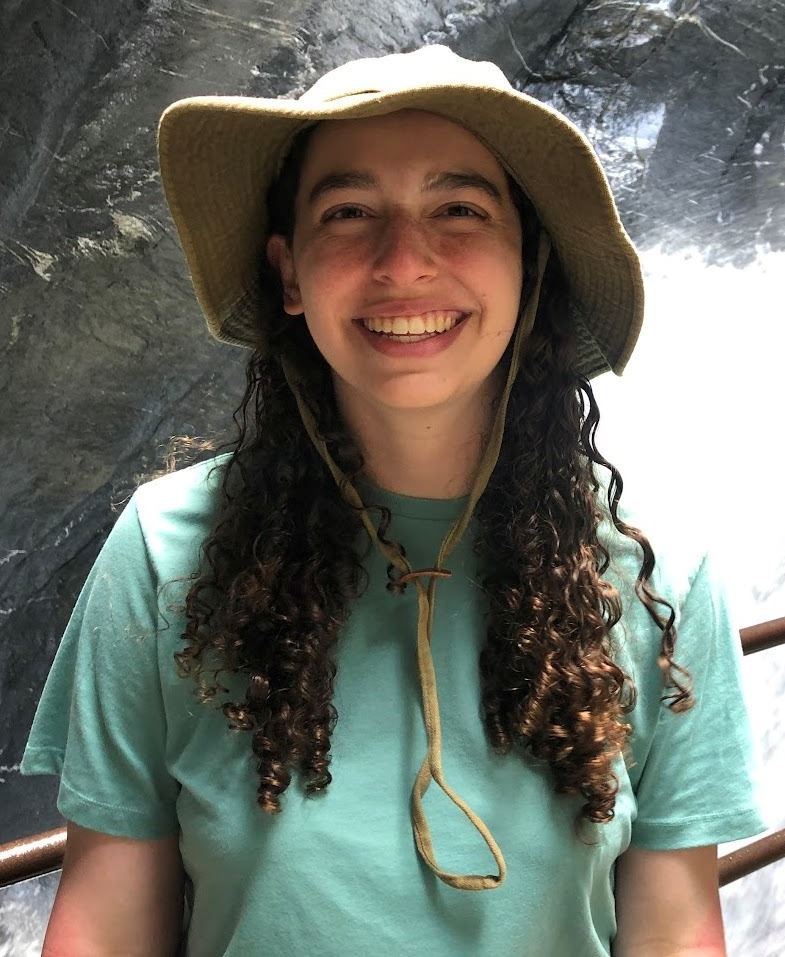Agenda:
7:00 - 7:15 General Meeting & Announcements
7:15 - 7:30 Short topic presentation by a club member
7:30 - 7:45 Refreshment break
7:45 - Public Presentation

Speaker: Corin Marasco, UF
Title: Giant Stars and How We Study Them
Abstract:
Giant stars are unimaginably large, making them some of the most luminous and impressive objects in the galaxy. They are so bright that when we look up into the night sky, you can see hundreds of these stellar giants with your naked eye, despite them being relatively rare. I will give an overview of a star’s life cycle to show how they become giants, and I’ll explain asteroseismology, which is a newer method we are using to determine a giant star’s age, size, composition, and more. I will also discuss different types of giants and why they’re important, with a focus on yellow supergiants, the rarest type of star. Researching these giant stars is not only fun, but essential for understanding our universe, from things as small as exoplanets to as large as galaxies.
About the Speaker:
Corin was born in Virginia and grew up about an hour outside of Atlanta, GA. She first fell in love with observational astronomy when she worked on a research project studying AGN at Georgia State University's Perimeter College. She then went to Georgia Tech for her undergrad, where she earned a Bachelor of Science in Physics with an Astrophysics Concentration.
Research Interests:
Her research interests lie in high-energy and stellar astrophysics. Her undergraduate research aimed to better understand yellow supergiants by studying a population of them to look for trends among their characteristics. She has also interned at NASA GSFC and MSFC, where sh worked on projects that used observations of high-energy sources to explore ways to more accurately interpret data from NASA's X-ray telescopes (primary NuSTAR and Chandra). She is now interested in pursuing similar research, especially studying stellar populations and continuing to work with X-ray data.
Areas of Study:
- Observational Astronomy
- X-ray Astrophysics
- Stellar Populations



